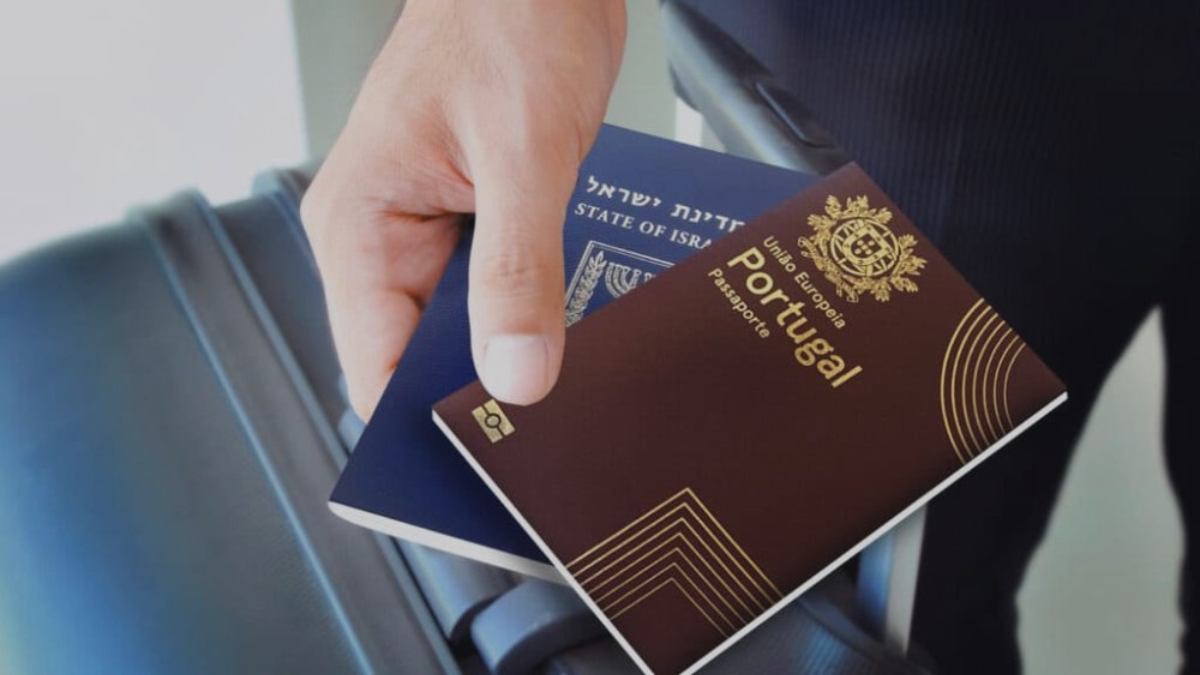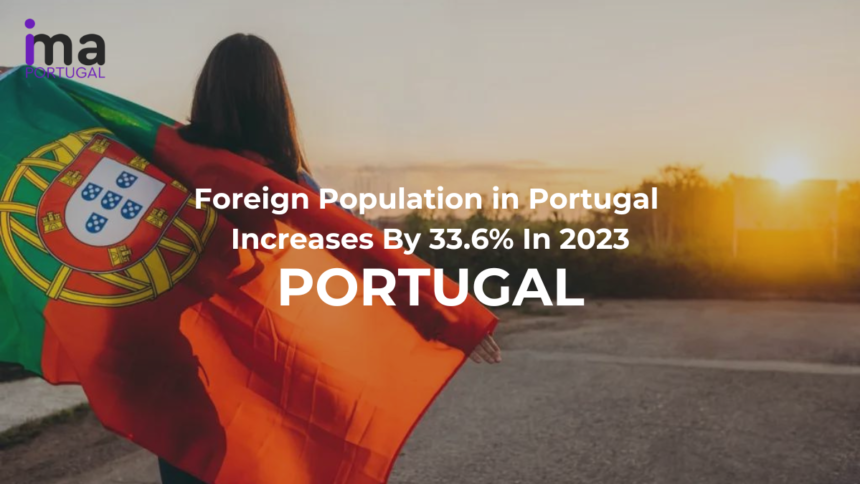The foreign population in Portugal has increased by 33.6% in 2023 compared to the previous year. This Tuesday, the data from the Migration and Asylum Report revealed that the total number of residents with a Residence Permit has reached 1,044,606.
Also Read: Tourism Portugal Has Allocated 2.5 Million Euros To Train 1000 Immigrants
Rapid Growth of Foreign Population Over the Past Six Years
AIMA (Agency for Integration, Migration, and Asylum) reported that the number of legal foreigners in Portugal has more than doubled in the last six years. The population of foreigners is over one million now.
In 2023 the population grew the most, corresponding to a third, according to the same document. The president of AIMA Pedro Portugal Gaspar wrote in a document:
The report is an essential instrument for characterizing migration dynamics and processes in Portugal, an essential piece of public information that is owed by the Administration.
In addition to this number, there are thousands of foreign citizens awaiting regularization. According to the authorities, there were 400,000 pending cases under these conditions at the end of 2023.
Top Nationalities Among Foreign Residents

Here is a breakdown of the most representative nationalities among the foreign population residing in Portugal in 2023:
- 35.3% are Brazilian (368,449 people)
- 5.3% are Angolan (55,589 people)
- 4.7% are Cape Verdean (48,885 people)
- 4.5% are British (47,709 people)
- 4.2% are Indian (44,051 people)
- 3.5% are Italian (36,227 people)
- 3.1% are Guinean (32,535 people)
- 2.9% are Nepalese (29,972 people)
- 2.7% are Chinese (27,873 people)
- 2.6% are French (27,549 people)
- 2.5% are São Toméan (26,460 people)
Moreover, the greatest growth in the foreign population compared to 2022 was seen among citizens from Africa (up 51.2%) and South America (up 54.2%).
Demographics and Regional Distribution
Furthermore, in terms of demographics, 53% of the foreign population in Portugal are men, and 80.5% belong to the active working population, with over half of them aged between 25 and 44 years (532,214 individuals).
By district, the majority live in Lisbon (431,919), which was also the region of the country with the highest absolute growth (106,600 more people), with an increase of almost a third. The districts of Faro, Setúbal, and Porto follow.
In an analysis by the municipality, the capital is where the most foreigners live (162,553 people), an increase of 37.1% compared to 2022. This is followed by Sintra (63,220), Cascais (42,823), Amadora (35,858) and Porto (35,653).

The report also said that:
Nine of the twelve municipalities with the largest number of foreign citizens belong to the Lisbon metropolitan area, making a total of 436,277 (41.8%).
Residence Permits and Legal Changes
Additionally, the number of residence permits issued more than doubled in 2023. The figure reached 328,978, which represents a 130% increase compared to last year.
The report also highlights that migratory flows have substantially increased. It revealed that Residence Permits for citizens of the Community of Portuguese-speaking countries (CPLP) now account for 45.3% of the total.
In addition to CPLP visas, new residence permits were granted for various reasons including the following:
- Certificates of residence: 53,988 permits
- Professional activity: 50,333 permits
- Family reunification: 44,878 permits
- Study: 23,876 permits
In an analysis by nationality, Brazil accounted for nearly half of the residence permits in 2023, with 147,262 permits. The population with residence permits has consistently increased since 1980, when it was 50,750 people. The only exceptions were in 2005 and during the period from 2010 to 2015.
The Government revised the law on foreigners, abolishing the expressions of interest mechanism in June. This change ended the practice of regularizing foreigners who arrived in Portugal on tourist visas and then began working.
Read More About: Immigrant Students In Portuguese Schools Has Increased By 160% In The Last Five Years

This legal resource, outlined in articles 88 and 89 of the law, facilitated the regularization of approximately 15% of processes in 2023. However, authorities indicate that it, along with the CPLP visa, is one of the main reasons for the system’s overload.
Among CPLP Residence Permits, Brazil (108,232) has more than twice as many as all other countries. During 2023, 2,901 Residence Permits were granted for Investment activities, almost 20% of which were to US citizens (567).
The End of SEF
The year 2023 was also the time when the Foreigners and Borders Service (SEF) was abolished and AIMA was created. In total, last year, State services answered 697,986 calls and made 303,105 appointments for immigrant processes, a number that had a 12.5% rate of non-compliance by users, due to withdrawal or failure to appear.
There was a decrease in requests for nationality opinions, dropping from 74,506 processes in 2022 to 66,943 in 2023. Brazilian citizens represented the majority with 40% of the cases, followed by Israelis with 8,142 cases.
Portugal has a law in force that allows descendants of Sephardic Jews to apply for nationality, in a process of repairing historical memory.
The document revealed that 1,226 misdemeanor proceedings were initiated in 2023. It also noted that 658 foreigners were detected in an illegal situation, a decrease from the previous year due to the extension of document validity. Brazilians accounted for 52.4% of the total Voluntary Abandonment Notifications.
In 2023, 344 administrative expulsion proceedings were initiated, with 99 of these cases involving individuals from Brazil. Additionally, the number of beneficiaries of the UN Voluntary Return Support program increased by 28.2% compared to 2022, totaling 505 cases.
Asylum Applications and Voluntary Returns

In 2023, there were 2,693 applications for international protection (asylum), marking a 35% increase from 2022. The data revealed that 72.7% were submitted by men and nearly half came from Africa.
The top nationalities applying for asylum were:
-
Afghanistan (330 applications)
-
Gambia (316 applications)
-
Colombia (253 applications)
-
Senegal (197 applications)
-
Angola (155 applications)
-
Israel (126 applications)
In 2023, the number of unaccompanied minors seeking asylum fell by 28.4% from 2022 and only 81 cases were reported.






